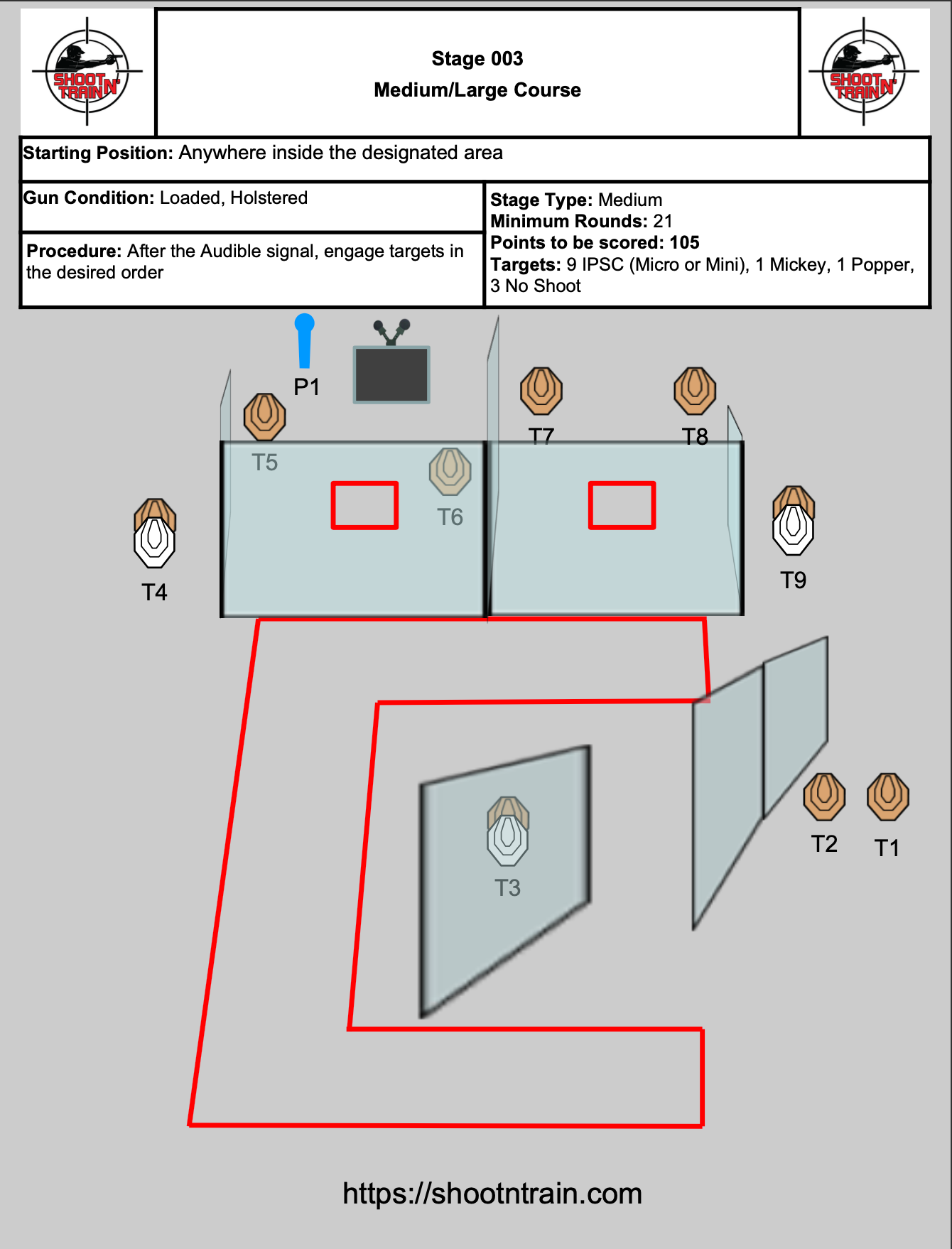Introduction
In the world of competitive shooting, the International Practical Shooting Confederation (IPSC) is renowned for its tough and vibrant courses. One of the most exciting aspects of IPSC shooting is engaging moving targets, which evaluate a shooter's skills in a real-world scenario. To really master IPSC competitors, it is vital to master the strategies required to effectively engage moving targets.
Mastering Moving Targets: Advanced Techniques for IPSC Training
Understanding IPSC Targets
Before diving into the innovative techniques, it is essential to have a clear understanding of IPSC targets. These targets generally can be found in the form of cardboard shapes that simulate real-life risks. They are strategically placed on a course and can be stationary or moving. The scoring zones on these targets are divided into A, B, C, and D zones, with A representing the highest-scoring area.
The Significance of Quality IPSC Targets
When it pertains to training for IPSC competitors, the quality of your targets plays a considerable function in developing your abilities. Investing in top quality IPSC cardboard targets guarantees that you train with reasonable representations of possible dangers. Shoot N' Train IPSC Targets are extensively considered a few of the very best options offered, providing shooters with durable and precise targets that improve their training experience.
Developing Accuracy on Moving Targets
Engaging moving targets needs superior hand-eye coordination and accuracy. Here are some innovative strategies to assist you develop your skills:
Lead the Target: To successfully strike a moving target, you must expect its trajectory and goal a little ahead of it. This method is referred to as leading the target and needs practice to perfect.
Maintain Focus: Keeping your eyes locked on the target throughout its motion is crucial. By keeping focus, you can make accurate adjustments to your objective as necessary.
Smooth Trigger Control: Keeping a consistent trigger pull is vital when engaging moving targets. Jerky or rushed trigger pulls can trigger your shots to miss the mark.
Follow-Through: After taking a shot, continue tracking the target to guarantee you preserve control and precision. Appropriate follow-through is crucial to mastering moving targets.
Strategies for Engaging Moving Targets
In addition to establishing precision, utilizing efficient strategies can significantly improve your efficiency when engaging moving targets. Here are some advanced methods:
Shoot on the Move: Mastering shooting while on the move is crucial in IPSC competitions. Practice interesting targets while preserving a steady rate, ensuring you stay well balanced and accurate.
Body Positioning: Positioning your body properly can greatly enhance your capability to engage moving targets effectively. Understanding how to support yourself while preserving movement is key.
Transitioning between Targets: IPSC courses typically include several moving targets that require quick shifts. Training to effectively obtain new targets and efficiently shift in between them is crucial for success.
Engage from Various Angles: To simulate real-life circumstances, training ought to include engagements from numerous angles and distances. This variety challenges your versatility and improves your general shooting skills.
Use Cover Effectively: Including cover into your training exercises helps imitate real-world circumstances where you should engage moving targets while hiding. Practice shooting from behind obstacles to boost your abilities in this aspect.
FAQs
Q: How can I enhance my precision on moving targets?
A: Improving accuracy on moving targets needs mastering strategies such as leading the target, preserving focus, smooth trigger control, and correct follow-through. Consistent practice and training with quality IPSC targets are essential.
Q: What are some typical errors shooters make when engaging moving targets?
A: One typical mistake is failing to lead the target sufficiently, resulting in shots behind the moving target. Hurried or jerky trigger pulls, best IPSC shooting targets lack of focus, and poor body placing can likewise affect accuracy.
Q: How frequently should I train on moving targets?
A: Regular training is vital to mastering moving targets. Aim for a minimum of two to three sessions per week, dedicating particular time to engage moving targets and practice the sophisticated methods discussed.
Q: Can I practice interesting moving targets without a range?

A: While it is ideal to have access to a variety with moving target systems, you can still practice some aspects of engaging moving targets at home. Dry-fire drills, target visualization exercises, and mental imagery can all add to your training.
Q: Are there any particular drills I can include into my training routine?
A: Yes, there are several drills you can incorporate, such as the "Swinging Target Drill," which involves appealing several moving targets in quick succession. The "Transitions Drill" concentrates on effectively transitioning between targets.
Q: How do IPSC competitions test skills on moving targets?
A: IPSC competitors feature courses with numerous scenarios involving fixed and moving targets. Shooters need to browse these courses while demonstrating precise engagement of the targets within a defined time limit.
Conclusion
Mastering moving targets is an essential element of IPSC training for those aiming to master competitive shooting. By comprehending Shoot N Train IPSC targets, purchasing quality equipment like Shoot N' Train IPSC Targets, developing accuracy techniques, using reliable methods, and constant training, shooters can boost their abilities and increase their chances of success in IPSC competitions. Bear in mind that practice makes best and constantly focus on security while training.